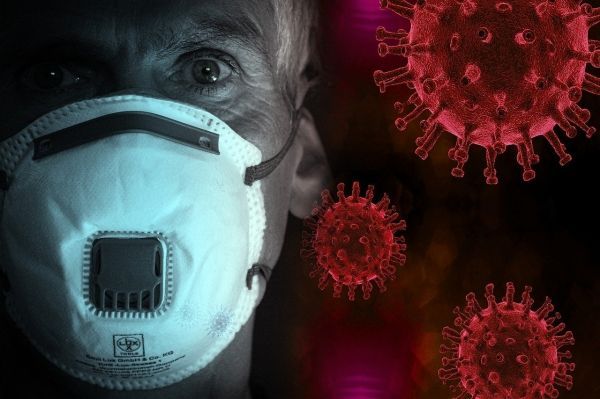A new article by Columbia Mailman School researchers Jeffrey Shaman and Marta Galanti explores the potential for the COVID-19 virus to become endemic, a regular feature producing recurring outbreaks in humans. They identify crucial contributing factors, including the risk for reinfection, vaccine availability and efficacy, as well as potential seasonality and interactions with other viral infections that may modulate the transmission of the virus. The article appears in the journal Science.
Shaman is a professor of environmental health sciences and director of the Columbia Mailman School Climate and Health program and a leading authority in modeling infectious disease outbreaks like SARS-CoV-2 and influenza. He was among the first to recognize the importance of asymptomatic spread of SARS-CoV-2 and the effectiveness of lockdown measures and published highly cited estimations of the hypothetic lives saved had lockdown occurred sooner. He and Galanti, a post-doctoral scientist in Shaman’s research group, also published research finding reinfections with endemic coronaviruses are not uncommon, even within a year of prior infection.
The new paper explores one potential scenario in which immunity to SARS-CoV-2, either through infection or a vaccine, diminishes within a year—a rate similar to that seen for the endemic betacoronavirus that causes mild respiratory illness. The result would be annual outbreaks of COVID-19. On the other hand, if immunity to SARS-CoV-2 lasted longer, perhaps through protection provided by immune response to infection with other endemic coronaviruses, we might experience what would initially appear to be an elimination of COVID-19 followed by a resurgence after a few years. Other contributing factors include the availability and effectiveness of a vaccine and the innate seasonality of the virus.
“Should reinfection prove commonplace, and barring a highly effective vaccine delivered to most of the world’s population, SARS-CoV-2 will likely settle into a pattern of endemicity,” the authors write. “Whether reinfections will be commonplace, how often they will occur, how contagious re-infected individuals will be, and whether the risk of severe clinical outcomes changes with subsequent infection remain to be understood.”
Read more at Columbia University's Mailman School of Public Health
Photo Credit: enriquelopezgarre via Pixabay


